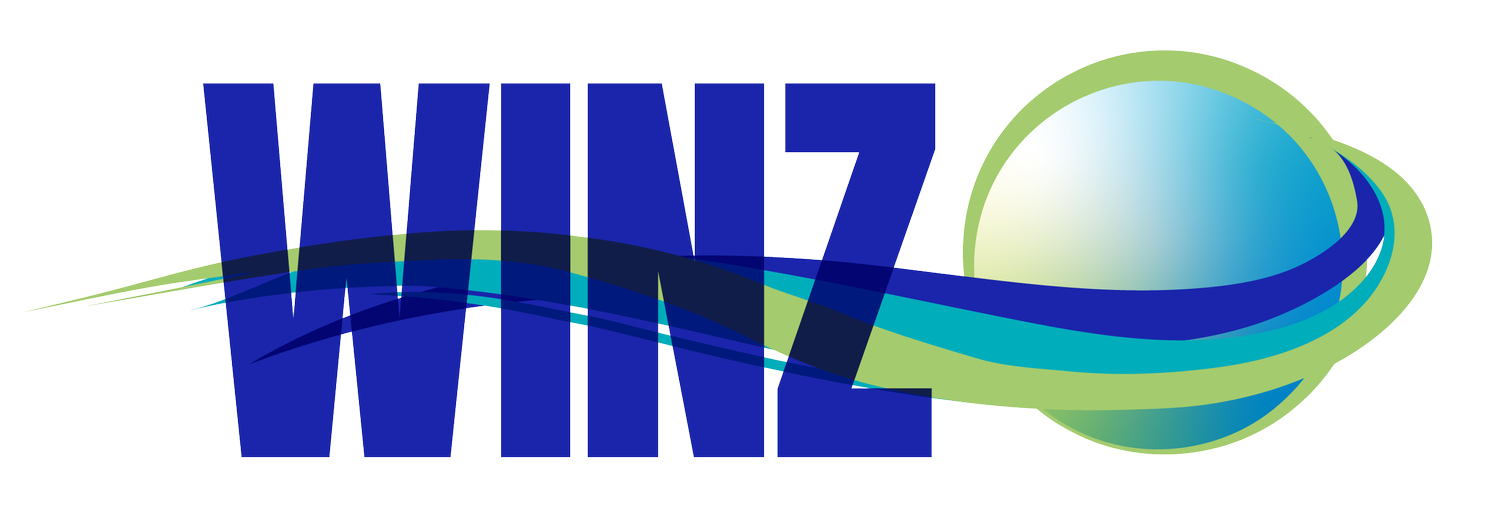
Water Supply and Sanitation
Moving towards net zero in the water sector is win-win. Utilities can reduce emissions, improve operations and lower costs over time.
The Challenge
Water and sanitation management is a critical factor in the emission of greenhouse gases that contribute to climate change. Roughly 2% of global emissions are derived from wastewater alone, on par with the total emissions from aviation. Wastewater treatment and discharge account directly for 12% and 4% of global methane and nitrous oxide emissions, respectively. In addition, drinking water and wastewater management are responsible for approximately 4% of global electricity consumption, resulting in indirect carbon emissions.
There is also growing evidence that, globally, emissions from wastewater and sanitation are underreported and underestimated, which can result in less investment in mitigation opportunities. Tools to improve emissions accounting from water, such as the Energy Performance and Carbon Emissions Assessment and Monitoring Tool (ECAM) that can be used by water utilities.
A critical challenge is enabling cost recovery and initial investment so that measures are taken at the same time as services are expanded and improved to achieve universal access. The solutions invested in to provide safe water and sanitation to a growing global population will have a large impact on future emissions. On-site sanitation systems (comprised of wet or dry pit latrines or septic tanks) emit more methane and nitrous oxide during containment than alternatives, and account for one-third of global water infrastructure emissions. Enabling investment in measures to reduce those emissions (see below) is critical.
-
• Roughly 2% of global emissions are derived from wastewater alone, on par with the total emissions from aviation
• Wastewater treatment and discharge account directly for 12% and 4% of global methane and nitrous oxide emissions, respectively.
• Wastewater utilities could cut electricity-related GHG emissions in half using existing technologies, with 95% of this impact be achieved at zero or negative cost (Xylem 2022).
Solutions
There are a number of actions that can be taken to reduce emissions in water supply, wastewater treatment, and sanitation. These include:
Use of renewable energy sources to meet electricity demands
Optimizing aeration efficiency to reduce dissolved GHGs in the final effluent
Promoting low-impact sludge disposal, with energy and mineral recovery where possible
Improved efficiency and conservation of water
Use of dry sanitation in decentralized sanitation systems
Use of chemical reagents characterized by lower emission factors
For wastewater treatment plants, capturing and production of biogas can be a win-win investment. Upstream actions are crucial to complement these measures. Improved efficiency and conservation of water reduced the volumes of water treated and associated emissions. This is part of a coherent approach to decarbonize the water sector and mainstream resilience to climate impacts. While upstream actions involve investment in technology, management capacity, and new or retrofitted infrastructure, the majority of actions taken to reduce emissions are compatible or synergistic with improving resilience to climate change and reducing costs of service delivery over time.
Related WINZ News and Resources
Further Reading
Asian Development Bank Brief: Decarbonizing the Water Sector in Asia and the Pacific:
Designed for use by water professionals and policymakers, the publication evaluates five sectors: water supply, sanitation, water resource management, irrigated agriculture, and land use. Highlighting how emissions from wastewater are on a par with those from aviation, it assesses tools and policies, and outlines ways to mobilize finance to clean up the sector and support the shift towards net zero.
IWA Climate Smart Utilities Platform
The IWA Climate Smart Utilities Initiative has been launched to support all utilities worldwide to act collectively and share knowledge. Climate Smart Utilities are water, sanitation, and urban drainage service providers that are improving their climate resilience by adapting to a changing climate while contributing to a significant and sustainable reduction of carbon emissions.
Learn more about the Platform >
Xylem Report: Mapping the Route to Net Zero Decarbonization
Water’s Net Zero Plus: A Call to Action for Climate Mitigation.
US Water Alliance publication Water’s Net Zero Plus: A Call to Action for Climate Mitigation, details the US water sector’s vision for 2050 as well as seven elements of cultural transformation needed for an equitable and decarbonized water future.
Water Services Association of Australia: Climate Change Accelerating to Net Zero
The Water Services Association of Australia (WSAA) guide is designed to help water businesses decrease their greenhouse gas emissions. It serves as a practical resource, featuring real-world examples, so that we can learn from each other. This provides the multiple benefits of highlighting what is possible, together with showcasing how others have achieved these results while also meeting their existing core functions.






